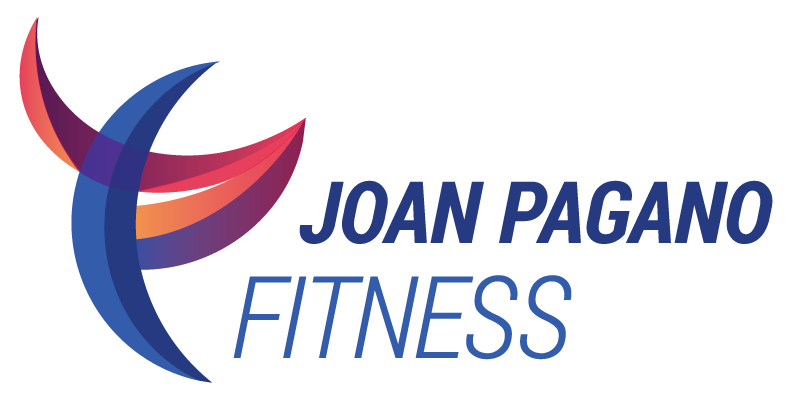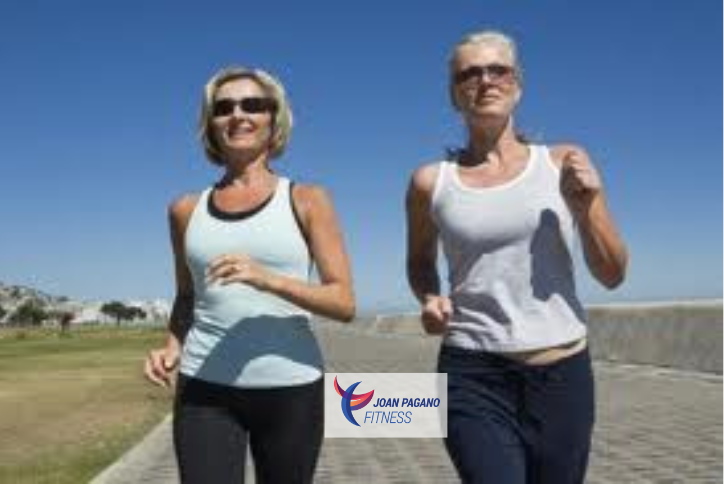Is Walking Good for Osteoporosis?
The short answer is: It depends!
Walking is good for osteoporosis depending on the speed and duration of your walking routine.
As a weight-bearing cardiovascular activity that provides multiple benefits to your overall health and well-being, walking exercises your heart, lungs, and bones, promoting increased stamina and longevity.
Studies show that walking can improve bone density in the hip and femoral neck (neck of the femur, or thigh bone), while its effect in other areas, including the spine, may be limited.
Let’s look at the variables of your walking workout
Weight-bearing vs. weight-supported cardio exercise
High- impact vs. low-impact weight-bearing cardio exercise
Speed (Intensity) and duration
1) Weight-bearing exercise
Any activity in which you are standing, keeping yourself upright. In weight-bearing, your bones and anti-gravity muscles support your bodyweight against the force of gravity.
Weight-supported activities like swimming and biking (where your weight is supported by the buoyancy of the water or the seat of the bike) do not stimulate the skeleton in the same way. However, these are safer choices if you have osteoporosis or are frail.
2) High-impact vs. low-impact weight-bearing cardio exercise
Impact is measured in ground reaction forces, or the force being transmitted to the bones as you hit the ground. This is a measure of intensity since the faster you walk, the more force with which you hit the ground.
Examples of impact loading
High intensity: gymnastics where the impact is approximately 8 times bodyweight
Moderate intensity: running, which is 2-3 times bodyweight
Low intensity: walking, less than 2 times bodyweight
Both high and low- impact exercises benefit the bones. Select your activity based on the health and strength of your bones and joints.
Select high-impact activities if your bones and joints are strong and healthy.
Dancing
Doing high-impact aerobics
Hiking
Jogging/running
Jumping rope
Tennis
Select low-impact if you have bone loss or compromised joints (lower back, hips, knees). These activities will not jar the bones as will high impact.
Using elliptical training machines
Doing low-impact aerobics
Stair-climbing
Fast walking on a treadmill or outside
Cross country skiing
3) Speed (intensity) and duration
How fast and how long do you need to walk for your bones?
Recommended guidelines:
Minimum pace of 3 mph (a 20-minute mile pace)
30-60 minutes daily
5 days/week
How fast you walk is most likely the most significant variable that affects your bone health and osteoporosis. Research shows that you need to walk briskly at a minimum pace of 3 mph for 30-60 minutes 5 days a week to maintain bone strength.
Leisure walking at less than 2.5 mph (a 24-minute mile pace) has little effect on preventing bone loss in postmenopausal women. However, you can gradually increase your walking pace to improve bone density. Because it takes up to 9 months for the bone remodeling cycle, you will have to stay the course for 6 months to one year to see results.
Tips to increase your pace and duration
To step up your workout, try adding intervals of faster pace, higher intensity into your walks. Instead of doing a 30-minute steady pace walk, for example, break it up into 5 intervals of 6 minutes: 3 minutes moderate intensity followed by 3 minutes of higher intensity, repeated 5 times.
To increase your duration, if you are aiming for 30-60 minutes 5 days a week, as research recommends, split it up into 2 or 3 shorter walks. Shorter walks allow you to walk faster and studies show that breaking up impact-loading results in better bone building.
For more about cardio exercise and bone health
Disclaimer: The information presented in this article should not be construed as medical advice. It is not intended to replace consultation with your physician or healthcare provider.
For expert guidance on strength training techniques, step by step photos depicting how to perform the exercises and a selection of well-rounded workouts please check out the book Strength Training Exercises for Women by Joan Pagano at https://amzn.to/3mm1GDN
(c) Copyright - Joan L. Pagano. All Rights Reserved Worldwide.

